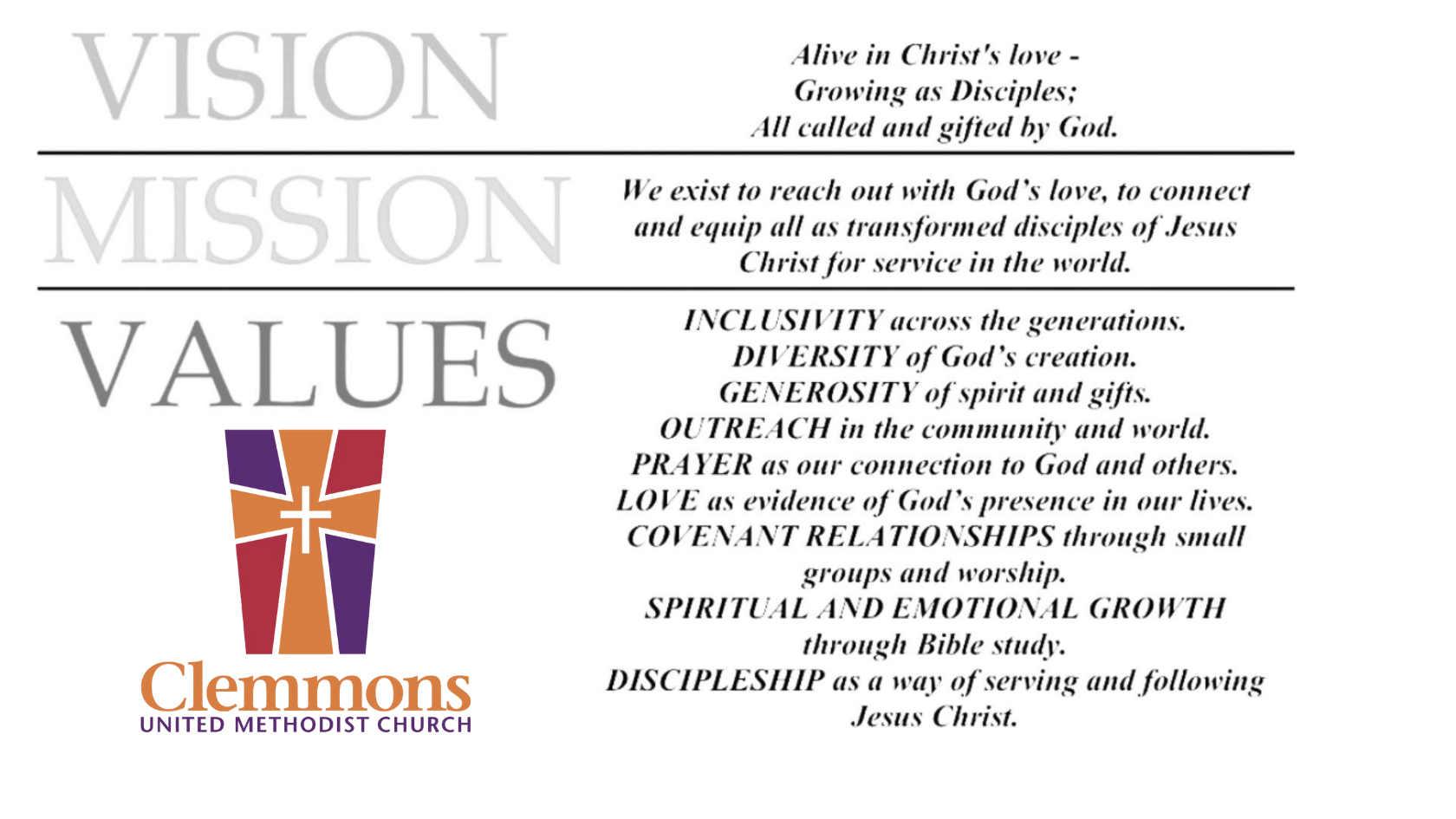Our Beliefs and History
Our general mission is to create disciples of Jesus Christ for the transformation of the world, and to equip the saints for the work of ministry.
What We Believe
About God
God is the Creator and Ruler of the Universe. He eternally exists in three personalities: the Father, the Son and the Holy Spirit.
About Jesus Christ
Jesus Christ is God wrapped up in human flesh. Jesus lived a sinless human life and offered himself as the perfect sacrifice for the sins of all people by dying on a cross. He rose from the dead after three days to demonstrate his power over sin and death. He ascended into heaven and will come again to judge the living and the dead, and to reign as King of Kings and Lord of Lords.
About the Holy Spirit
The Holy Spirit is co-equal with the Father, and the Son. He is present in the world to make people aware of their need for Jesus Christ. He also lives in every Christian from the moment of salvation providing power for living, understanding of spiritual truth, and guidance in doing what is right. We believe in the full expression of the gifts of the Holy Spirit.
About the Bible
We believe that God inspired the composition and collection of the Old and New Testaments. Therefore, it is inspired, eternal, and true. The Holy Spirit preserves and protects God's Word in the church today and by it speaks God's Word to peoples of every age.
About the Return of Christ
We believe that at some unknown point in the future, Jesus Christ will return in full glory and triumph. There will be a bodily resurrection of all persons and final judgment to both eternal reward and eternal punishment. God will have ultimate victory over Satan and will establish a perfect kingdom in a new heaven and a new earth.
About Methodism
With our Methodist brothers and sisters around the world, we claim the historic distinctives of Wesleyan faith: prevenient grace, free will, personal & social holiness, assurance of the believer, and a connected church. Learn More About Methodism
Our History
-
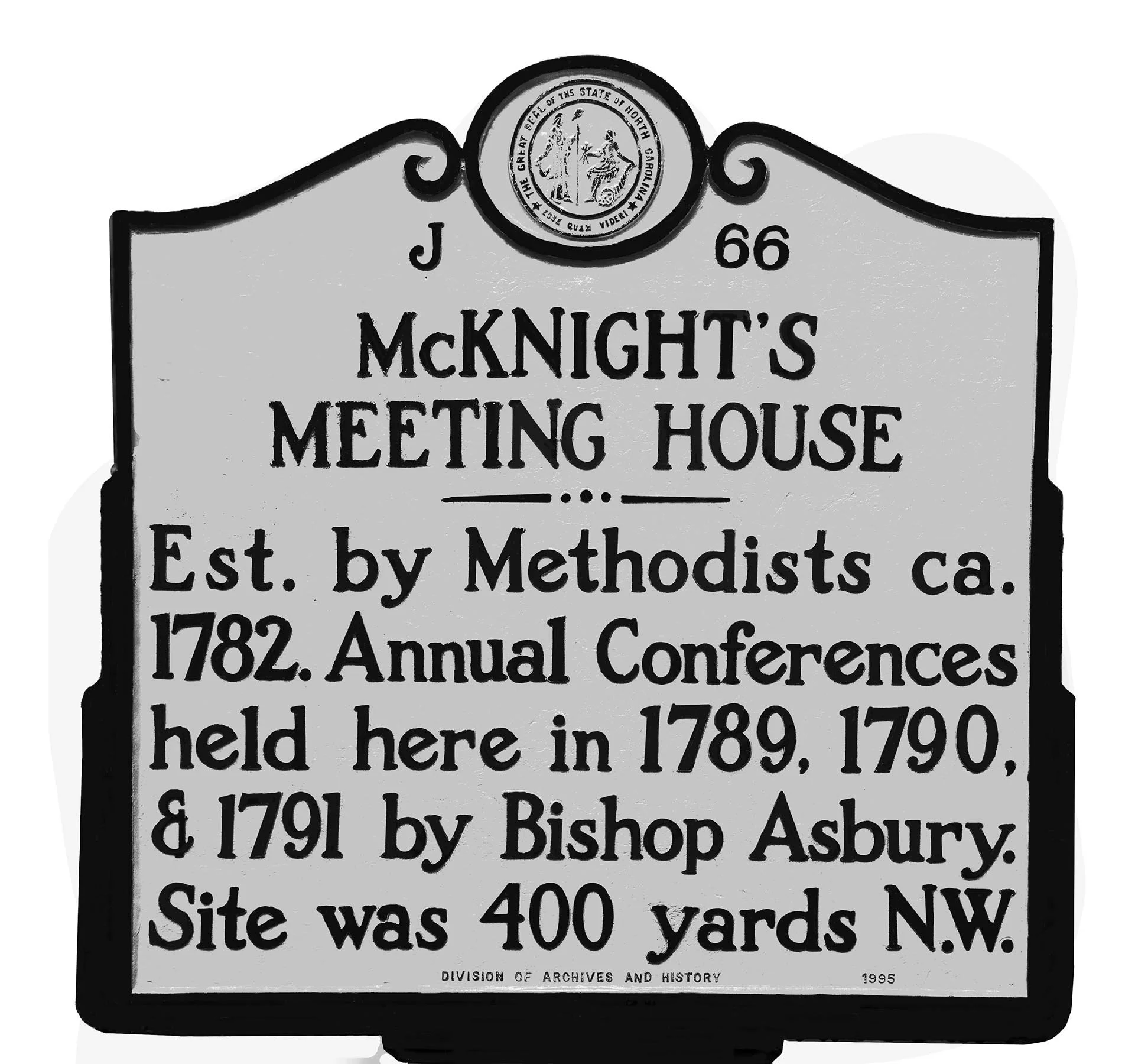
McKnight's Meeting House Sign
Our First Church Home
McKnight’s Meeting House became a State historical site in 1976.
-

Mt Pleasant Methodist Episcopal Church
Our Second Church Home
Known today as the Tanglewood Chapel.
-
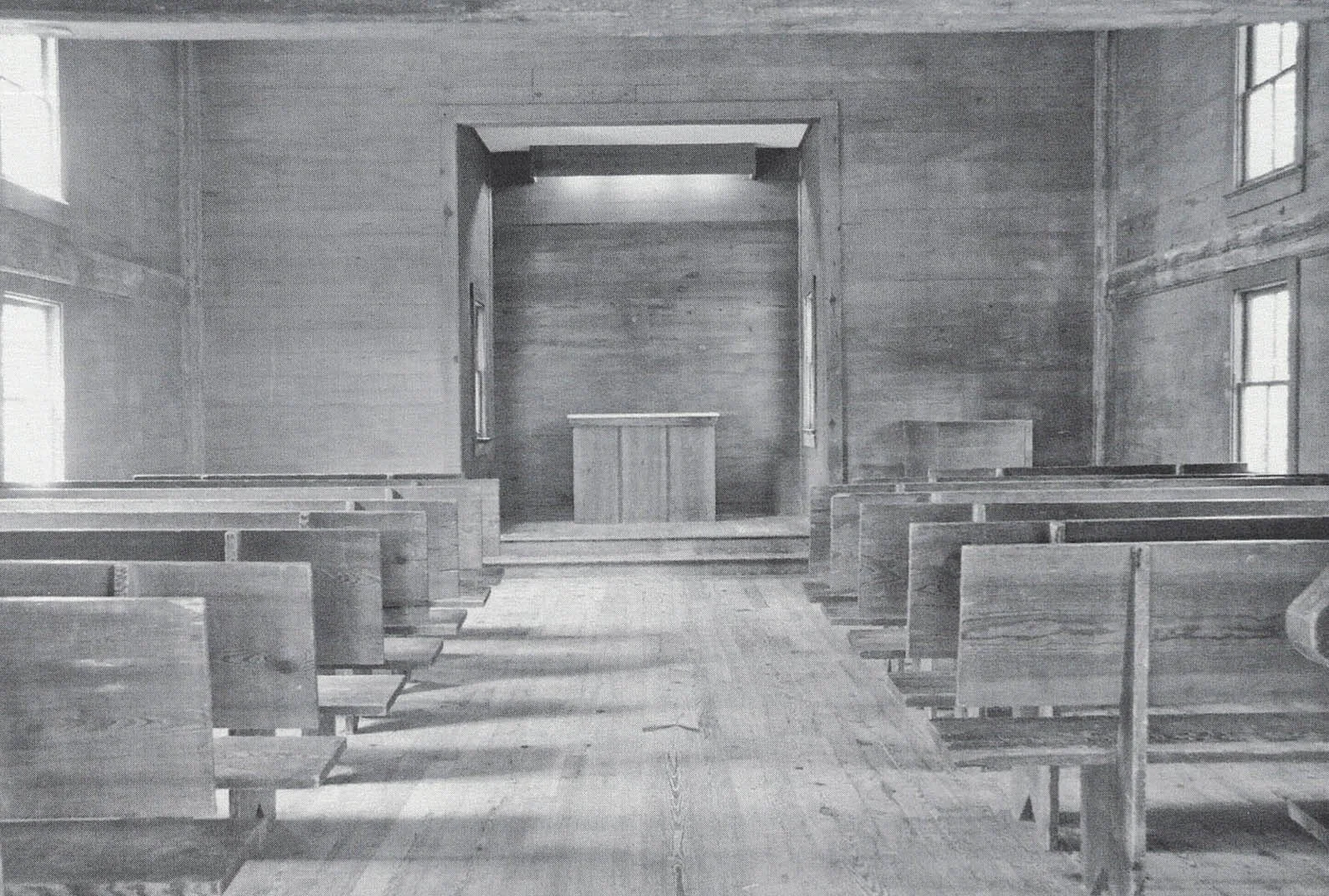
Sanctuary of Mt Pleasant Methodist Episcopal Church
Dedicated in 1809.
-

Clemmonsville Academy
Meeting place on Sundays in the 1830s.
-
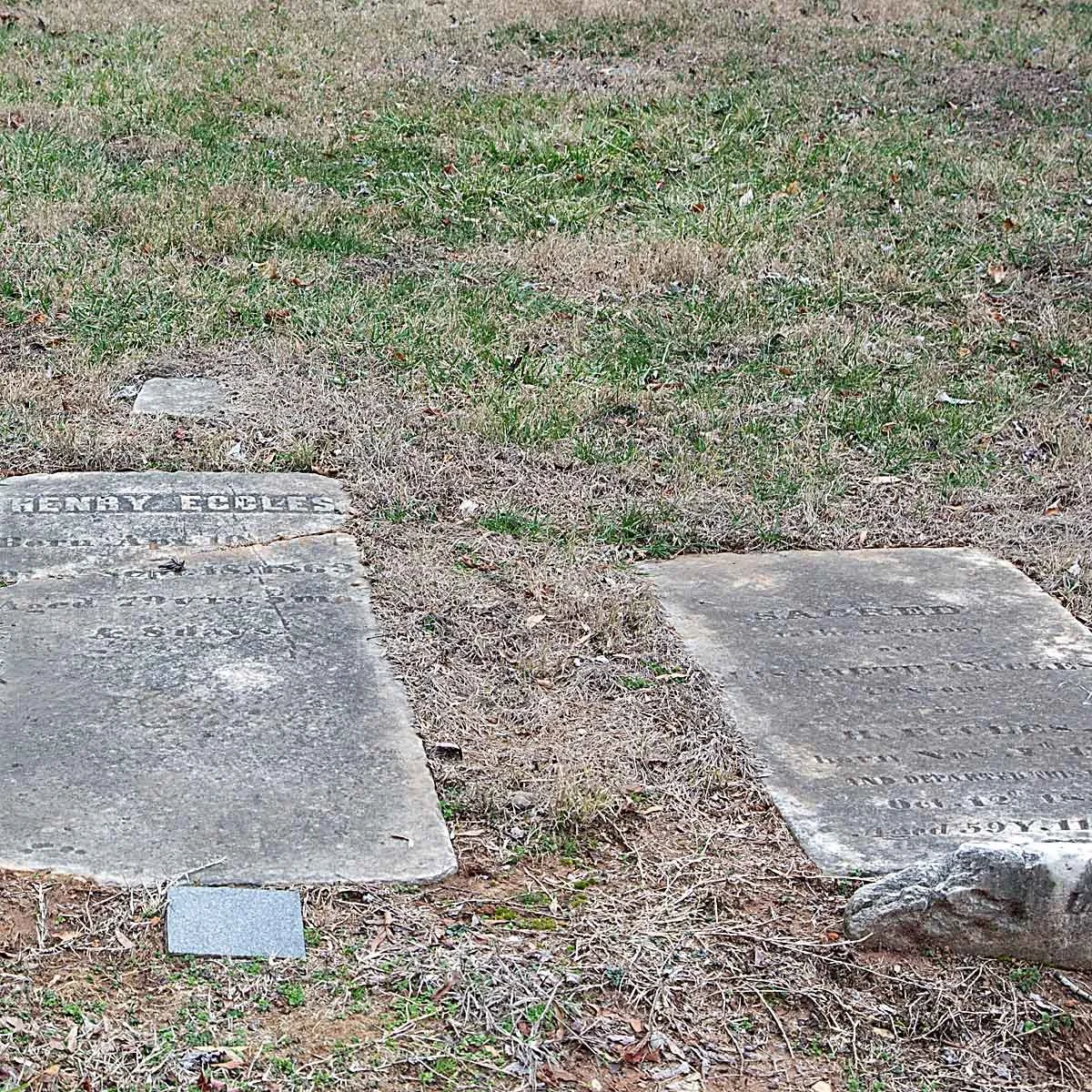
Historic Cemetary Dating Back to the 1800s
Located in the Garden of Remembrance on our church property.
-

Clemmons Methodist Church
A new sanctuary in 1920 allowed CUMC to establish a strong foothold in the area.
-

Stained Glass Window from 1920s Church
This window now resides in our Prayer Chapel.
-
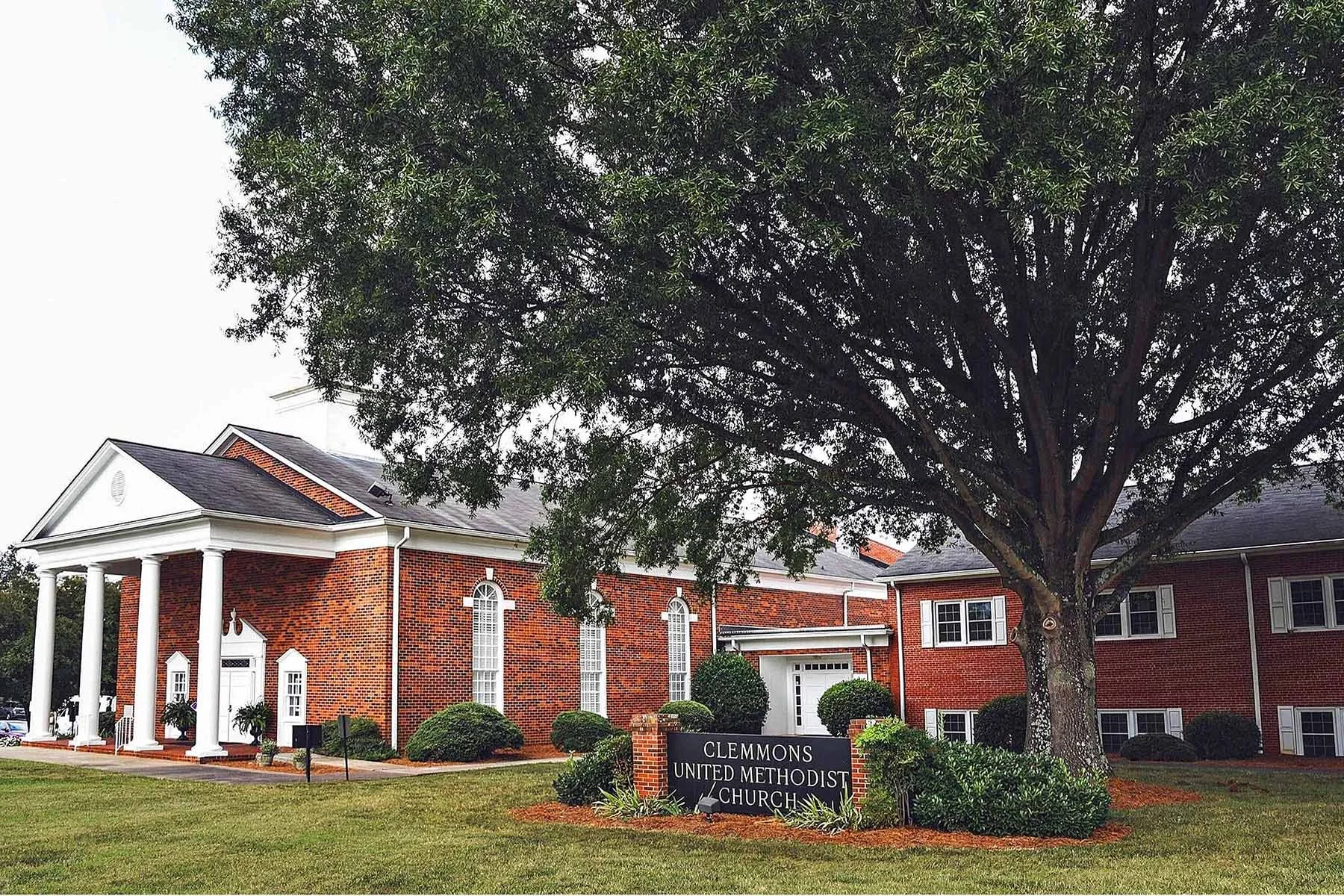
Clemmons United Methodist Church
The current CUMC complex stands in the heart of Clemmons across from the Village Hall.

CUMC’s 150th Anniversary Video Collection
Celebrating 150 Years at our Current Location
In October 2024, we celebrated 150 years of worshiping together at our current location on 3700 Clemmons Road. To commemorate this significant milestone, our 150th video collection thoughtfully highlights the rich history and enduring faith of our church community.
Introduction
1750-1785
1785 Thru 1810
1810 Thru 1870
1870 Thru 1920
1920 Thru 1949
1950 Thru 1976
1976 Thru 1996
Our Story
Clemmons United Methodist Church - Celebrating 150 Years and More
In 1839, Peter Clemmons’ son Benton sold land next to their family property for $1 to a Methodist congregation that had been in the area for nearly 100 years. In 1874, the Methodists opened their first church doors at 3700 Clemmons Road. In 2024 Clemmons United Methodist Church (CUMC) celebrated 150 years at their home in the heart of Clemmons. However, the history of CUMC goes back much further.
The journey to 3700 Clemmons Road began in the 1700s with Methodist meetings in camps along the Yadkin River and early wagon roads. Services were led by ministers who traveled a “circuit” of many churches on horseback. Descendants of these early Methodists became a steady congregation, while sharing several church names and meeting places.
1760s: McKnight’s Meeting House
George McKnight bought land from England’s Lord Granville in 1739, part of which is now Tanglewood Park. His home became a popular meeting place for Methodists and Moravians in the area, and by 1780, McKnight’s Meeting House was the first recognized formal meeting place of the early Methodist congregation.
1784: A New Church Name
The congregation at McKnight’s became part of the new church formed in America after the Revolutionary War: The Methodist Episcopal Church. They still had no church building, but large groups continued to worship at McKnight’s. The meeting house was so popular it caught the attention of Methodist Bishops Coke and Asbury who held large annual conferences there. Streets in Clemmons still bear the Asbury and McKnight names.
1809: The First Church Building
As participation continued to grow, Methodist families banded together in1809 to form Mt. Pleasant Methodist Episcopal Church which is now Tanglewood Chapel. Built by Henry Eccles it was the perfect place for worship and camp meetings.
1830s: Clemmonsville - A New Destination
Founded in 1802, the town of Clemmonsville became a hub of activity. As a result, members gradually left Mt. Pleasant and began to worship in town, meeting in the Clemmonsville Academy school and store established by Benton Clemmons in front of Peter and Comfort Clemmons homeplace. Foundation stones are all that remains of Clemmonsville Academy, adjacent to current CUMC property.
1874: 3700 Clemmons Road Becomes Home
Though they purchased the land from Benton Clemmons in 1839, the Civil War was on the horizon, and the Methodists postponed building their church until 1874 becoming Clemmonsville ME, South. Said to be similar to the chapel at Tanglewood, the church was destroyed by a series for storms, not once, but twice in 1901. Congregation members once again returned to meeting in homes in the area. Determined to have a home church of their own, CUMC spent the next two decades raising funds for a new building.
1920 and Beyond
A new Board of Trustees was formed in 1917 to plan a permanent church home at 3700 Clemmons Road and a new sanctuary became a reality in 1920. Wartime struggles stalled further construction, but membership grew. Youth groups that originated in 1898 were thriving, and a women’s service group was formed. In 1939,“south” was removed from their name and a merger with the United Evangelical Brethren in 1968 brought the current name, Clemmons United Methodist Church.
Growing in Structures, Scope and Service
After the war years, the town of Clemmons was growing fast, as was membership at CUMC. An education building was added in 1963. Then in 1969, the church gained its first full-time minister, Oren Edmonds. CUMC members were excited and inspired. In the words of long-time member and former mayor of Clemmons, Bill McGee, “Our members got together to make things happen.” And happen they did. An education building was added in 1963, and a new sanctuary in 1979. An expanded education facility and chapel added in 1985 completed the complex as it now stands. The house next door was purchased from the Hunter family in 1990 to serve as the church office. The property behind the office, now the Garden of Remembrance, holds a columbarium, a prayer trail, and a historic Clemmons cemetery where Henry Eccles, builder of the Mt. Pleasant church and other historical figures are buried.
CUMC Today: A strong Church Family with a Heart for Missions
Not only have buildings and membership expanded through the years; so has CUMC’s involvement in Clemmons, the surrounding area, and the world. In 2004 a Sunday School class formed The Clemmons Food Pantry, now its own entity on church property, serving 1,000 families each month. The education building houses a pre-school and myriad other youth and church activities. Outreach programs serve the homeless, those suffering grief and other life challenges, and school children in need of food and supplies, to name a few. Youth groups travel the state to help repair homes. And the congregation helps build church facilities and programs in Guatemala and Jamaica.

